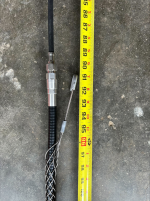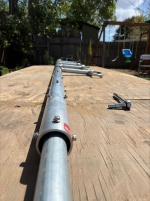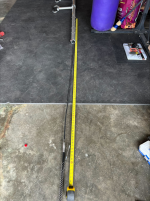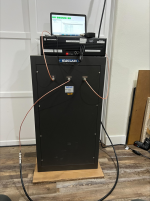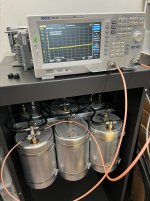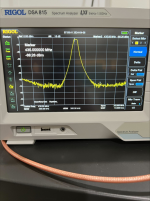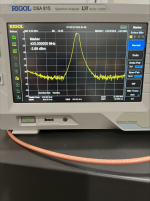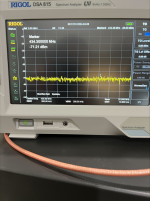zerodayjames
Member
- Joined
- Jan 11, 2024
- Messages
- 43
- Reaction score
- 8
Hmm this Comprod is almost identical to the Sinclair I was looking at. Little bit lighter, pole is slightly smaller and also more affordable. I was digging having a Sinclair duplexer/antenna combo though..
 www.tessco.com
www.tessco.com
Very similar to
 www.tessco.com
www.tessco.com
Comprod Communications, Inc. - 406-512 MHz 8dB Quad 1/2 Wave Dipole Antenna - 774-70TM-1/2 - Tessco
COMPROD's 774-70TM-1/2 406 – 512 MHz quad dipole antenna 8 – 8.5 dB bi-direct gain. 450 W. Includes harness with N Male termination. Internal to mast. 1/2 wave spacing. ORDER MOUNTING CLAMPS SEPARATELY.
Very similar to
Sinclair Technologies - 406-512MHz 4-Dipole 10.15dBi Antenna - SD314-HF2P2SNM (D00) - Tessco
SINCLAIR's SD314HF2P2SNMD00 406 – 512MHz UHF 4 – dipole antenna 10.15 dBi offset with N Male connection. 8 dBd with bi-directional pattern. 0 deg. downtilt. SD314 – HF2P2SNM (D00)



